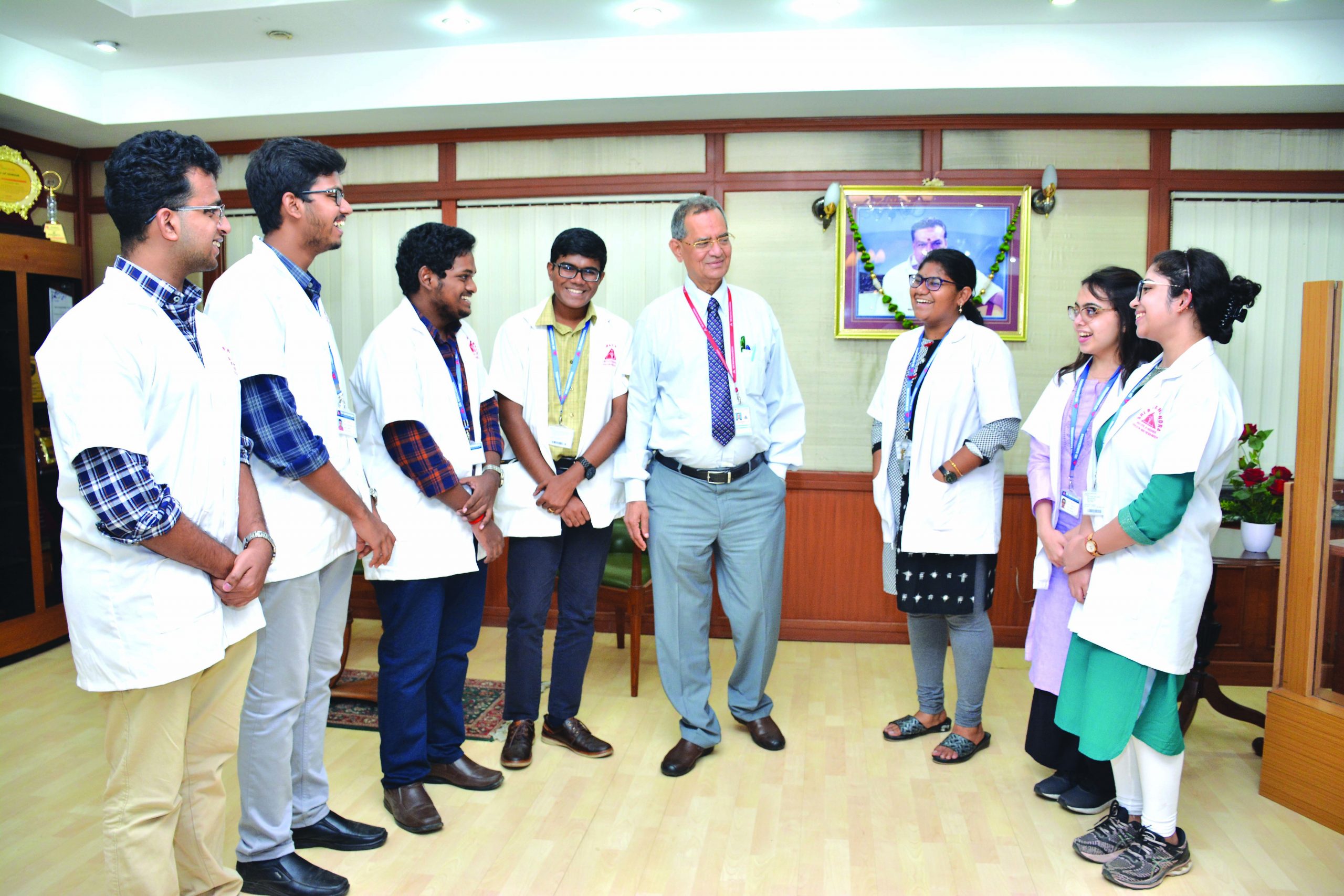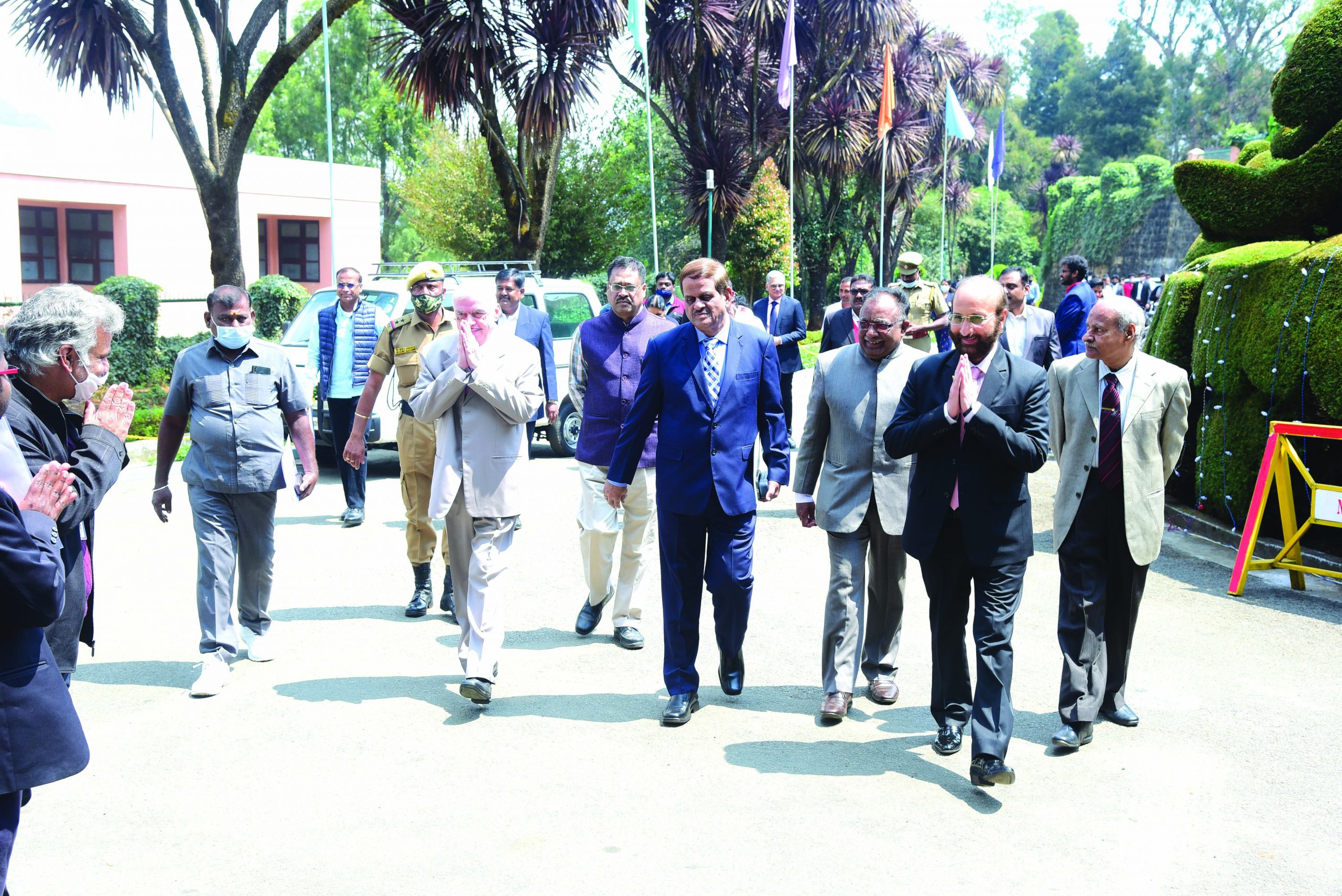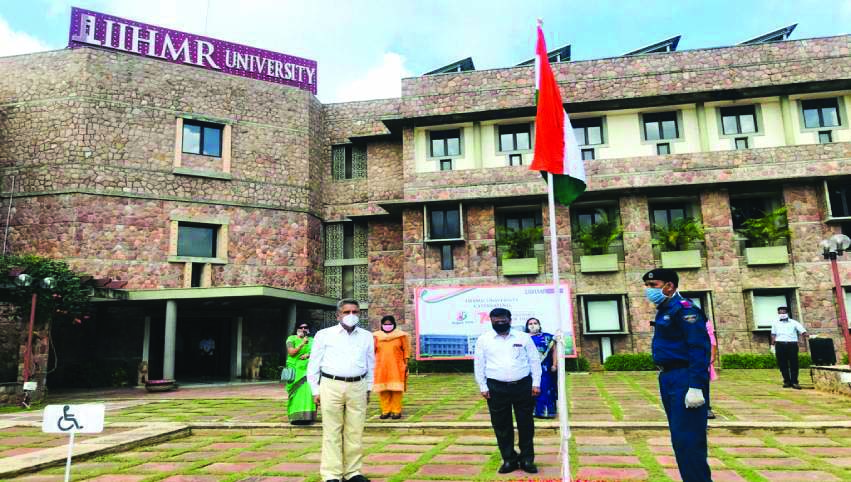According to the National Medical Commission, the number of medical colleges countrywide aggregates a mere 562, of which 276 are privately promoted institutions, nowhere near enough for a country with a population of 1.35 billion

SRIHER’s Dr. Vijay Raghavan
One of the conspicuous failures of post-independence India’s centrally planned Soviet-inspired socialist economy in which private initiatives in higher education were rigidly controlled by the rents-extracting neta-babu (politician-bureaucrat) brotherhood, is the small number of medical and life sciences higher education colleges. According to the National Medical Commission, the total number of medical colleges countrywide as of May 2021 aggregates a mere 562, of which 276 are privately promoted, nowhere near enough for a country with a population of 1.35 billion.
With a large number of India’s 50-60 million middle class households anxious for their progeny to qualify as doctors of latter-day allopathic medicine — there are a large number practising as doctors of ayurvedic and unani medicine — medical education in socialist India has a long history of scams and scandals.
For almost a century, supervision of medical education, accreditation of medical colleges and registration of medical practitioners was the privilege of the Medical Council of India (MCI) which after the mushroom growth of private medical colleges in the 1980s, became a byword for corruption until its repeatedly elected president Ketan Desai was prosecuted for corruption, and MCI was abolished and replaced with the National Medical Commission in 2020. But meanwhile, promotion of greenfield medical colleges was reduced to a trickle. The outcome of an accentuating supply-demand imbalance was that a large number of aspiring medical practitioners enrolled in medical colleges in Malaysia, Russia, Ukraine and China which offer relatively affordable medical education compared with Western countries.
[userpro_private restrict_to_roles=administrator,customer]
Given this history, it’s unsurprising that private medical colleges which under rules and regulations of the National Medical Commission are obliged to maintain elaborate infrastructure including fully-fledged attached hospitals, tend to maintain a low public profile, especially since their tuition fees are several multiples of heavily subsidised government medical colleges. With government medical colleges inundated with admission applications and admitting a small percentage of school-leavers who pass NEET (National Eligibility-cum-Entrance Test), the next best option is private medical colleges with relatively daunting fee structures.
Nevertheless while interviewing 4,105 sample respondents to rate the country’s most well-reputed private higher education institutions including multidisciplinary, engineering, liberal arts and humanities universities, field personnel of the Delhi-based market research and opinion polls company also persuaded the sample respondents to rate private medical and life sciences universities (of which they had sufficient knowledge) on ten parameters of medical and life sciences education, viz, competence of faculty, faculty welfare and development, research and innovation, curriculum & pedagogy (incl. digital readiness), industry interface, placements, infrastructure, internationalism, leadership and range/diversity of programmes. The scores awarded by sample respondents under each parameter were totalled to rank India’s best private medical universities inter se.
Disparaged by populist politicians, business illiterate media and subsidies-addicted middle class, private medical colleges tend to keep a low public profile, despite the reality that private medical education in India is more affordable than in most countries worldwide. Nevertheless, anecdotal and investigative evidence indicates that the best among them are well managed and provide students globally benchmarked allopathic medical education.
For instance, the top-ranked Sri Ramachandra Institute of Higher Education & Research (Deemed University), Chennai (SRIHER, estb.1985) which offers 152 degree and postgrad programmes to 8,000 students instructed by 1,000 faculty, has an attached hospital with 1,600 beds, six fully-equipped intensive care units and 23 state-of-the-art operating theatres in which students can acquire hands-on learning experience.
I am delighted that SRIHER is ranked India’s premier private medical university. In recent years we have raised our public profile and strategised to improve our institutional ranking. However, we believe that since we provide excellent medical education, word-of-mouth publicity is inevitable which will raise our institutional ranking in various surveys. I am very glad that SRIHER has been awarded the highest score under the parameters of competence of faculty, faculty welfare and development, and curriculum and pedagogy, including digital readiness, because these are the areas on which the management is focused. NEP 2020 has recommended that all universities should become multidisciplinary. We have begun the process by starting a faculty of biomedical engineering.
–Dr. V.P Vijay Raghavan, a medical postgraduate of the Maulana Azad Medical College and JIPMER, Pondicherry who signed up with SRIHER way back in 1989, has steadily risen up the ranks and was appointed vice chancellor of this top-ranked medical university in 2017.
Dr. Surinder Singh, vice-chancellor of the equally low-profile JSS Academy of Higher Education & Research, Mysuru, (JSSAHER, estb. 2008) which earlier this year startled the academic world when it was ranked India’s #1 young university in the World University Rankings of the London-based Times Higher Education, is equally appreciative of the high #3 rank awarded by the sample respondents to this low-profile private university.

JSSAHER’s Dr. Surinder Singh
The high rank awarded to us in the stringent EW survey following market research and targeted opinion polling is another diamond in the JSSAHER crown following the high ranking awarded to us by THE and QS globally and NIRF nationally. Credit for this goes to our committed faculty, diverse community, international linkages and our board of governors who have made adequate resources available for research and innovation. Therefore, I am especially pleased by our top score under the parameter of research and innovation.
–Dr. Surinder Singh, an alum of the Medical College, Jammu, Medical College, Rohtak, Haryana and the top-ranked All India Institute of Medical Sciences, Delhi, former Drugs Controller of India and Director of the National Institute of Biologicals, who was appointed vice-chancellor of JSSAHER in 2019. Currently, JSSAHER has 7,500 students and 850 faculty on its muster rolls.

IIHMR University, Jaipur
Also Read












Add comment